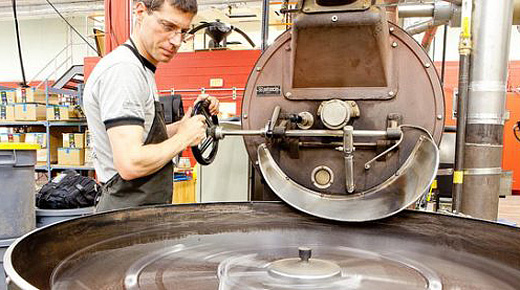“Although there’s an assumption that stress and pressure push employees to perform more, better, and faster, what cutthroat organizations fail to recognize is the hidden costs incurred.”
—“Proof that Positive Cultures are More Productive,” Harvard Business Review
The timeworn industry standard is to focus on purely bottom-line results. Productivity-obsessed leaders, however, experience a massive, and often invisible, cost of doing business this way. News outlets report that employee burnout is costing U.S. business alone more than $300 billion in labor costs annually. Voluntary separations and employee churn are well documented in companies, but what is less well documented are healthcare costs, which are increasing rapidly, according the U.S. Bureau of Labor Statistics.
|
ADVERTISEMENT |
Simply put, your “machines” are breaking down on you, and most leaders are failing to see it. In any average company, human capital is the primary expense. This means that your people have the highest replacement cost, and the highest value. I am arguing that you should start treating them as high-value assets.
…

Add new comment